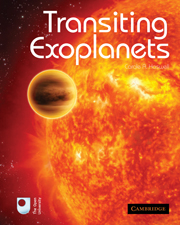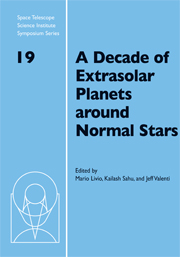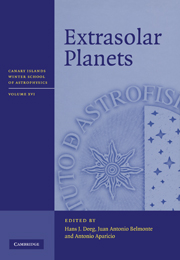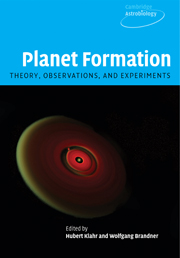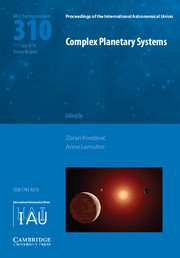Transiting Exoplanets
The methods used in the detection and characterisation of exoplanets are presented through the study of transiting systems in this unique textbook for advanced undergraduates. From determining the atmospheric properties of transiting exoplanets to measuring the planetary orbit's alignment with the stellar spin, students will discover what these measurements imply for reinvigorated theories of planet formation and evolution. Worked examples and exercises with full solutions help students to assess their understanding of concepts and results. Key points and equations are highlighted to make them easily identifiable, and there are full colour illustrations throughout. Bridging the gap between introductory, non-mathematical texts and more advanced textbooks, this book is ideal for students with some background in mathematics, physics and astronomy. Accompanying resources to this textbook are available at: http://www.cambridge.org/features/astrophysics.
- For the first time, methods used in the detection and characterisation of exoplanets are presented in a textbook for advanced undergraduates
- Students will learn how these methods have reinvigorated theories of planet formation and evolution
- Key points and equations are highlighted, and worked examples and exercises with solutions help students to grasp the material
Reviews & endorsements
'This advanced-level undergraduate text distils the essential physics and methodology of planet discovery and characterisation into a single volume. The book's narrative is cleverly constructed, outlining the progression of exoplanetary discoveries in more-or-less chronological sequence, interspersed with detailed step-by-step presentations of the underlying principles that underpinned each stage in the discovery process. The book treats all these facets of exoplanetary science at a comprehensive level making it an essential reference work for graduate students and more advanced researchers.' Professor Andrew Collier Cameron, University of St Andrews
'I am very impressed by this book's content and presentation. For the first time, all the necessary equations and groundwork in the field are clearly explained within one volume. I wholeheartedly recommend this book to any student or scientist hoping to make a contribution to the exciting field of transiting planets. This book is a must-read for any graduate student starting out in the field, and it will earn its place on the shelves of the experienced specialist as an invaluable reference text.' Dr Frédéric Pont, University of Exeter
'It will occupy prime real estate on the shelves of undergraduate and amateur astronomers working with or acquiring transit data with small and medium-sized telescopes.' Meteoritics & Planetary Sciences
Product details
July 2010Paperback
9780521139380
336 pages
264 × 211 × 20 mm
1.09kg
60 colour illus. 50 exercises
Temporarily unavailable - available from TBC
Table of Contents
- 1. Our solar system from afar
- 2. Exoplanet discoveries by the transit method
- 3. What the transit lightcurve tells us
- 4. The transiting exoplanet population
- 5. Transmission spectroscopy and Rossiter-McLaughlin effect
- 6. Secondary eclipses and phase variations
- 7. Transit timing variations and orbital dynamics
- 8. Brave new worlds: the future
- Index.

